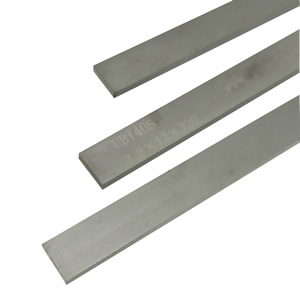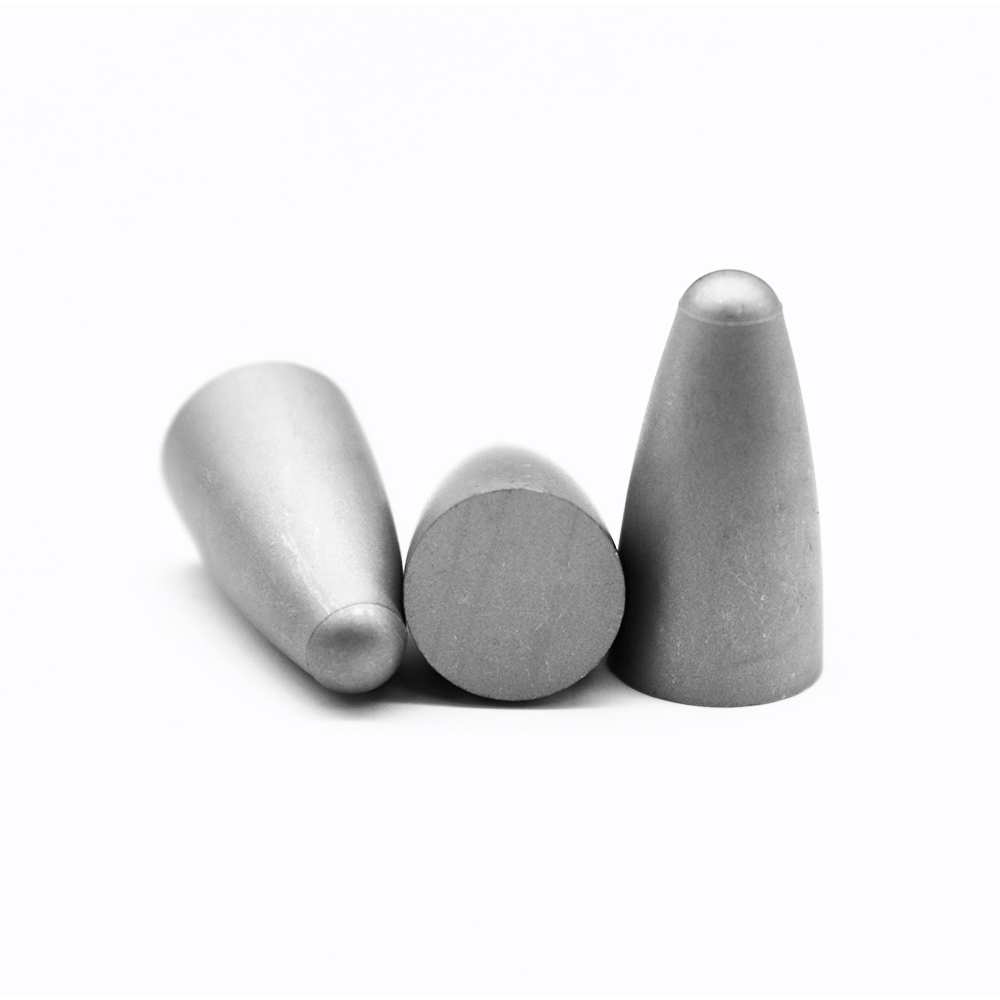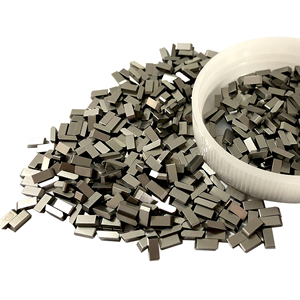What's PDC bit Cutter?
What's PDC bit Cutter?

Diamond is the hardest material known. This hardness gives it superior properties for cutting any other material. PDC(Polycrystalline diamond compact) is extremely important to drilling because it aggregates tiny, inexpensive, manmade diamonds into relatively large, intergrown masses of randomly oriented crystals that can be formed into useful shapes called diamond tables. Diamond tables are the part of a cutter that contacts a formation. Besides their hardness, PDC diamond tables have an essential characteristic for drill-bit cutters: They efficiently bond with tungsten carbide materials that can be brazed (attached) to bit bodies. Diamonds, by themselves, will not bond together, nor can they be attached by brazing.
Synthetic diamond
Diamond grit is commonly used to describe tiny grains (≈0.00004 in.) of synthetic diamond used as the key raw material for PDC cutters. In terms of chemicals and properties, manmade diamond is identical to natural diamond. Making diamond grit involves a chemically simple process: ordinary carbon is heated under extremely high pressure and temperature. In practice, however, making a diamond is far from easy.
Individual diamond crystals contained in diamond grit are diversely oriented. This makes the material strong, sharp, and, because of the hardness of the contained diamond, extremely wear-resistant. In fact, the random structure found in bonded synthetic diamonds performs better in shear than natural diamonds, because natural diamonds are cubic crystals that fracture easily along their orderly, crystalline boundaries.
Diamond grit is less stable at high temperatures than natural diamonds, however. Because metallic catalyst trapped in the grit structure has a higher rate of thermal expansion than diamond, differential expansion places diamond-to-diamond bonds under shear and, if loads are high enough, causes failure. If bonds fail, diamonds are quickly lost, so PDC loses its hardness and sharpness and becomes ineffective. To prevent such failure, PDC cutters must be adequately cooled during drilling.
Diamond tables
To manufacture a diamond table, diamond grit is sintered with tungsten carbide and metallic binder to form a diamond-rich layer. They are wafer-like in shape, and they should be made as thick as structurally possible because diamond volume increases wear life. Highest-quality diamond tables are ≈2 to 4 mm, and technological advances will increase diamond table thickness. Tungsten carbide substrates are normally ≈0.5 in. high and have the same cross-sectional shape and dimensions as the diamond table. The two parts, the diamond table, and substrate, make up a cutter
PDC cutter construction.
Forming PDC into useful shapes for cutters involves placing diamond grit, together with its substrate, in a pressure vessel and then sintering at high heat and pressure.
PDC cutters cannot be allowed to exceed temperatures of 1,382°F [750°C]. Excessive heat produces rapid wear because differential thermal expansion between binder and diamond tends to break the intergrown diamond grit crystals in the diamond table. Bond strengths between the diamond table and tungsten carbide substrate are also jeopardized by differential thermal expansion.
If you are interested in tungsten carbide products and want more information and details, you can CONTACT US by phone or mail at the left, or SEND US MAIL at the bottom of the page.





















